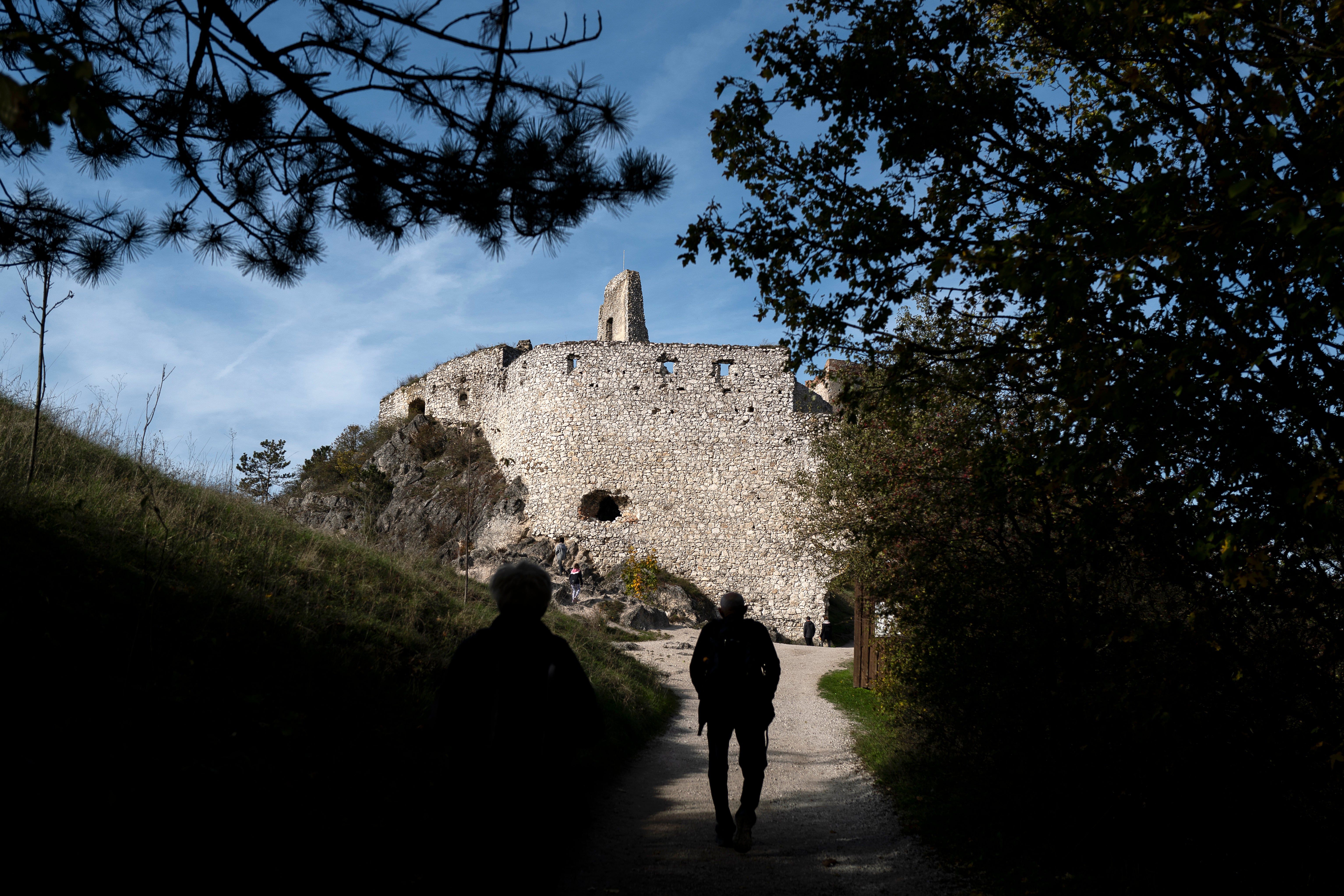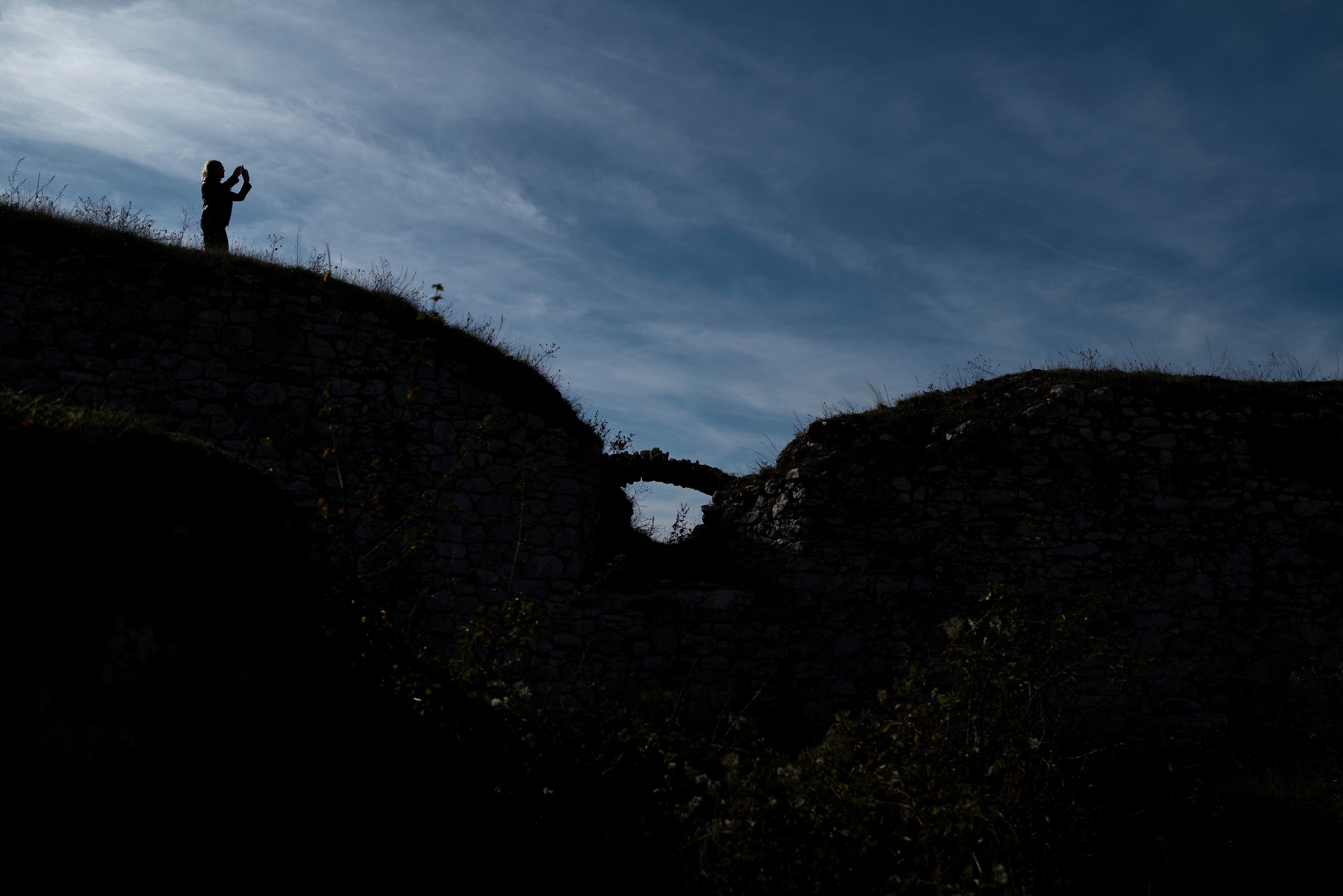The most prolific female serial killer of all time still remains as elusive as ever.
More than 400 years after her death, the truth about “the Blood Countess,” a Hungarian noblewoman is still a mystery.
But was she the blood-bathing monster some claimed at the time, or was she, in fact, a victim?
From her castle atop a rugged peak in what is today Čachtice in western Slovakia, Elizabeth Báthory was alleged to have tortured and killed up to 650 young women and girls, sparking gruesome legends that she delighted in bathing in the blood of her victims in the belief it would help her retain her youth.
Rumours of Báthory’s cruelty spread throughout the Kingdom of Hungary in the early 17th century, and after a royal inquiry, four of her servants were convicted of murder and brutally executed. The Blood Countess was arrested and confined to the walls of her castle until her death in 1614.

Báthory’s macabre story has captivated imaginations, and invited speculation, for centuries, spawning books, films, television series and local legends. But some researchers have cast doubt on whether she was truly responsible for the alleged savagery and suggest that as a wealthy and powerful woman in late Renaissance Europe, she herself may have been the victim.
“Was Báthory a serial killer who was tormenting and torturing 650 young women for nothing more than her pleasure?” asked Annouchka Bayley, a British author and academic who recently published a novel about the wealthy countess. “I’m very convinced that it is, as we put it in England, a stitch-up job.”
Bayley, author of “The Blood Countess” and associate professor of arts and creativities at Cambridge University, says the popular narrative of Báthory as a serial killer relies on a “woman as monster” trope that is not supported by the available evidence.

Instead of a murderer, she argues, Bathory may have been a subversive figure who was a threat to the kingdom’s power structure, especially given evidence that she taught many…
Click Here to Read the Full Original Article at The Independent Travel…
